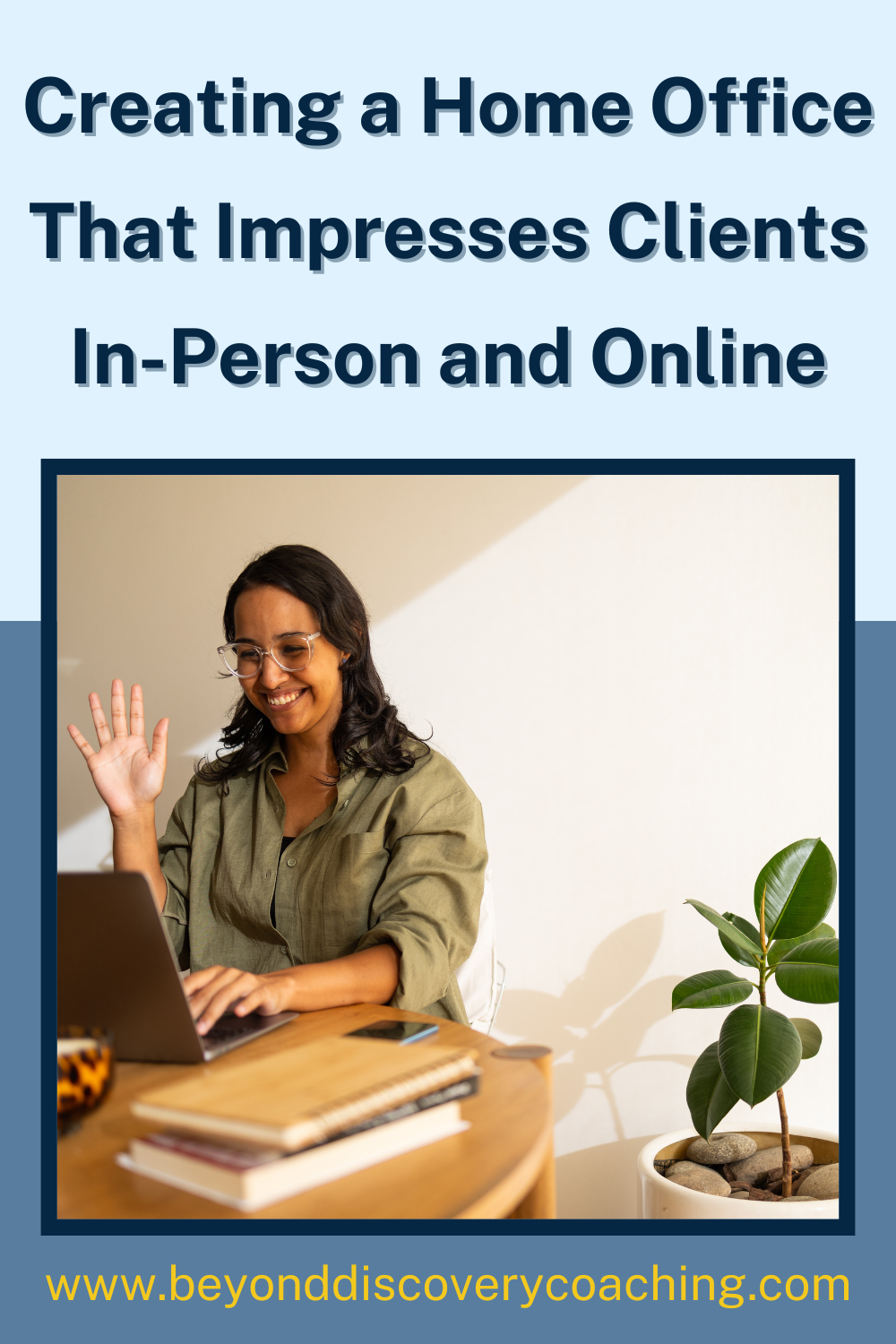Creating a Home Office That Impresses Clients In-Person and Online
Setting up your home-based office isn’t just about finding a quiet spot for your laptop—it’s about creating a place where clients feel confident in you from the moment they step in or log on. For budding entrepreneurs, that means thinking beyond comfort and focusing on the subtle cues that influence trust and perception. When the space around you communicates intent, reliability, and professionalism, you’re already halfway to closing the deal before the conversation begins. The challenge is designing something functional yet expressive, adaptable but unmistakably your own.
Purposeful Design Signals Intent
The best home offices are deliberate. They tell a client, without you having to say a word, that you operate with care and foresight. From the start, a workspace that blends function with identity sets the tone, using color, layout, and storage to reinforce your business personality. A sparse, unconsidered setup might make you look temporary in your own career, while a layered, intentional environment assures clients you’re in it for the long run. Pieces like a dedicated meeting table, an organized shelving wall, or carefully chosen art can quietly broadcast that your surroundings have purpose.
Protect the Environment You’ve Built
Once you’ve invested time and resources into your home office, protecting it becomes part of your business plan. Repairs, equipment replacements, and sudden issues can all disrupt operations—and with them, client confidence. Having a safety net like a home warranty can keep small problems from snowballing into major setbacks. For many entrepreneurs, this is worth a look as a way to preserve both the space and the impression it makes, ensuring your office remains as functional and polished as the day you finished it.
Lighting Makes or Breaks It
Your clients may never comment on your lighting, but they’ll notice the feeling it creates—especially on camera. Harsh overhead glare can flatten your features, while poor backlighting leaves you in shadow. Investing in adjustable, diffuse lighting sources, paired with natural light where possible, is what makes you look approachable and alert. Positioning lights at eye level is a small tweak with an outsized effect. In the end, lighting is what will make or break the warmth, clarity, and confidence you project in virtual meetings.
Keep It Quiet, Keep It Closed
For virtual or in-person meetings, the soundscape matters as much as the visuals. If your office shares walls with noisy areas or the street, address that first. Add sound-dampening panels, seal gaps around doors, and be strict about limiting interruptions. Even small changes—like a heavier curtain or a floor rug—can make a real difference. By ensuring an appropriate environment keeps distractions away, you’re giving clients the uninterrupted attention they expect, and you keep your own focus sharp.
Background Shapes Perception
When the camera switches on, your background silently shapes the conversation. Messy bookshelves, personal laundry, or clashing décor can dilute your message. Aim for simplicity that complements your brand without stealing attention. Whether it’s a single plant, a piece of art, or a neutral wall, your backdrop should be intentional. By the time a client notices it, it should already be reinforcing your credibility, which is why background should be tidy and neutral in every client-facing moment.
Ergonomics Fuel Stamina
A stunning office means little if you’re shifting in your seat, distracted by discomfort. Start with a supportive chair that adjusts to your height and back needs, then choose a desk that suits your working style. Pay attention to monitor height to avoid neck strain and keep frequently used items within arm’s reach. Your goal is to sustain energy and presence during long stretches of work. Toward the end of the day, you’ll notice how adjustable chair and desk support posture and help you remain focused when it counts.
Future-Proof Your Space
Your home office shouldn’t be a fixed setup that grows stale or unfit for your evolving needs. Think about modular furniture, mobile storage, and décor that can be swapped to match the season or your brand’s growth. The more adaptable the space, the longer it remains relevant. This flexibility makes it possible to meet new demands—whether that’s hosting a larger group, integrating new tech, or blending personal wellness into the space. In a shifting work culture, spaces that adapt to your changing needs will keep you ahead of both trends and client expectations.
An impressive home-based office doesn’t require luxury finishes or massive square footage. It’s about intentional choices that make clients feel at ease and confident in you, whether they’re across the table or across the country. From design and lighting to noise control and adaptability, every element plays a role in the story your workspace tells. Pair that with comfort and a long-term protection plan, and you’ve built more than a home office—you’ve built a tool for growth. In business, presentation is persuasion, and your workspace is the first persuasive statement you make.
Additional Readings:





